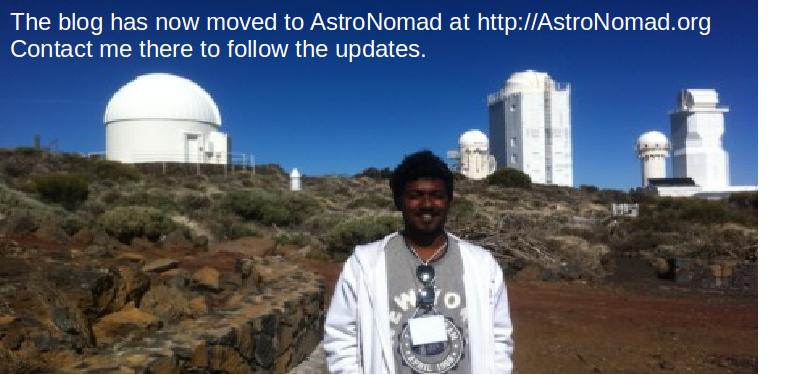 Globe at Night- the worldwide star count project started on last 16th March 2009. Globe at Night would be a major focus of International Year of Astronomy 2009-IYA 2009- and the project is scheduled to last till next 28th as urban skies are now being scrutinized by both digital and natural means. The mission is to obtain precise measurements of metropolitan area skies around the globe with the use of sky-quality meters.
Globe at Night- the worldwide star count project started on last 16th March 2009. Globe at Night would be a major focus of International Year of Astronomy 2009-IYA 2009- and the project is scheduled to last till next 28th as urban skies are now being scrutinized by both digital and natural means. The mission is to obtain precise measurements of metropolitan area skies around the globe with the use of sky-quality meters.
The darker your sky, the more stars you'll see. You can easily contribute to this worldwide cause bu submitting the count of stars you see in the night and eventually the data will be useful to analyze the most observation-friendly areas, where there will be least amount of light pollution. Actually in comparison to the dark skies you observe in the highlands and countryside, the urban city skies are more polluted with light, causing very bad results to suburban observations as well.
Globe at Night is an excellent opportunity for people to get outside and see the night sky. Even from towns and cities it is possible to see Orion, and the information we get from everyone who takes part will allow us to build up a map of light pollution around the UK, and worldwide.' says Professor Ian Robson, chair of IYA2009 in the UK.
In this project the constellation of Orion is used to gauge how dark the sky is, and this is often referred to as magnitude in the sense of Globe at Night.
'We have now passed the point where more than half of the world's population live in urban areas, which are notorious for being excessively lit or badly lit by artificial lights. GLOBE at night is an easy way for people around the world to connect with the increasingly powerful and accepted idea that good lighting saves money; it reduces our greenhouse gases by lowering our use of electrical power; it is better for public safety; and it allows everyone to share the wonders of the night sky.' says Dr Connie Walker, senior science education specialist at the National Optical Astronomy Observatory, the US national research and development centre for ground-based night time astronomy.





0 Comments:
Post a Comment